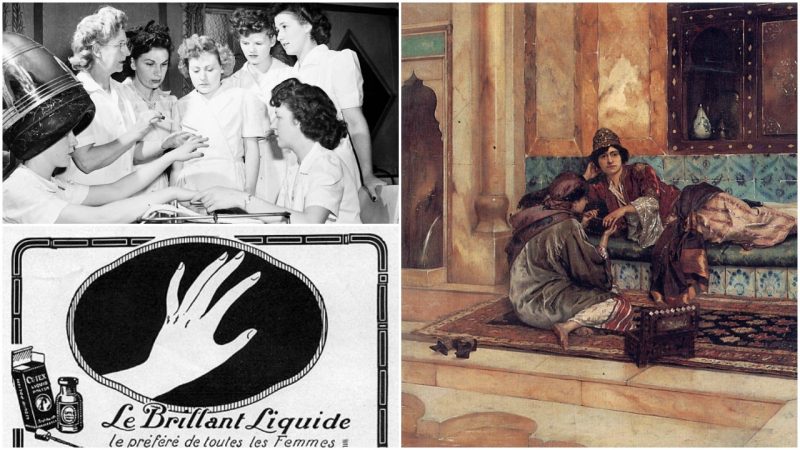They say that you can tell a lot about a person by the look of their nails. History has proven this through centuries, as nails have borne social, political or mythic significance across cultures and civilizations.
It all started with the Ancient Babylonians. Intriguingly enough, it was men, not women, who started polishing their nails. It is assumed that Babylonian soldiers painted their nails green and black before combat.
They believed that the look of their war-painted nails would instil fear among adversaries. Archaeological evidence of a solid gold manicure set was unearthed in Southern Babylonia dating 3, 200 BC, as a part of a combat equipment.Similar to the Ancient Babylonians, the Inca people received nail treatments before going into battle.
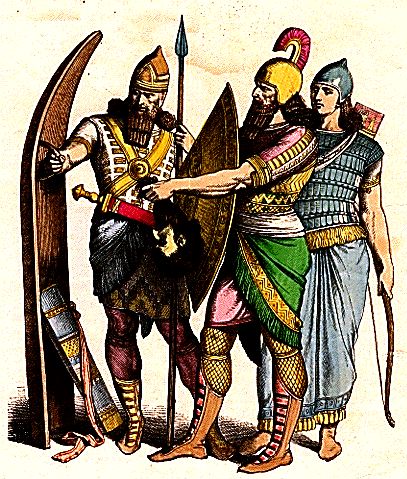
The first nail treatments as a part of a beauty routine utilized by women commenced in Ancient China. Around 3000 BC, women would soak their nails overnight in a mixture of beeswax, gelatin, and egg whites. Natural dyes made of orchids and roses were also applied on the nails.
The purpose of manicures went a step further in Ancient China around 600 BC, when the color of someone’s nails signified their social ranking.
The Chinese would paint their nails in the colors of the ruling dynasty. During Chou dynasty, gold and silver nails represented the highest social ranking. People who were of the highest class, painted their nails black and red, symbolizing strength and boldness. Ordinary folks were forbidden to wear the colors which were worn by the representatives of the higher social ranks and were allowed to wear only pale colored nails to affirm their inferiority.
Ancient Egyptians utilized the abundance of henna plant, which originated in Egypt for medicine, dying cloth, leather and even animal fur. According to various Ancient Egyptian accounts, women used henna to polish their nails.
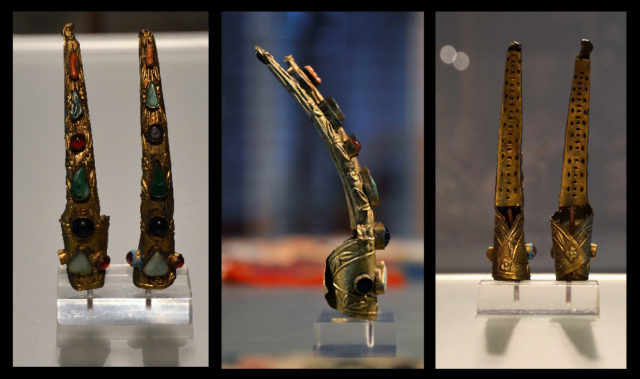
It is a common notion that Cleopatra and Nefertiti were trendsetters in their time, and it is believed that it was Queen Nefertiti who first dyed her nails red as a symbol of her royal status.
The stronger the red shade was, the more power the person possessed. Queen Nefertiti usually wore ruby-red nails, dyed with henna, but some sources suggest that she also used blood as a coloring agent.
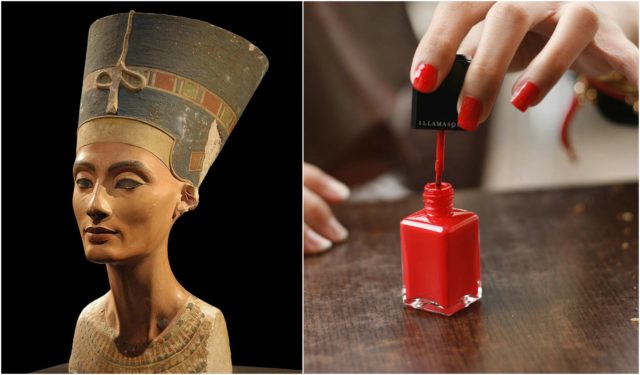
Cleopatra also wore red nails during her rule of Egypt, and nobody else was allowed to dye their nails red. Even today, red nails represent elegance and sophistication.
While we may think that nail art is a modern concept, it was the Inca, in the 1500s, who first started to decorate their fingernails with images of eagles.
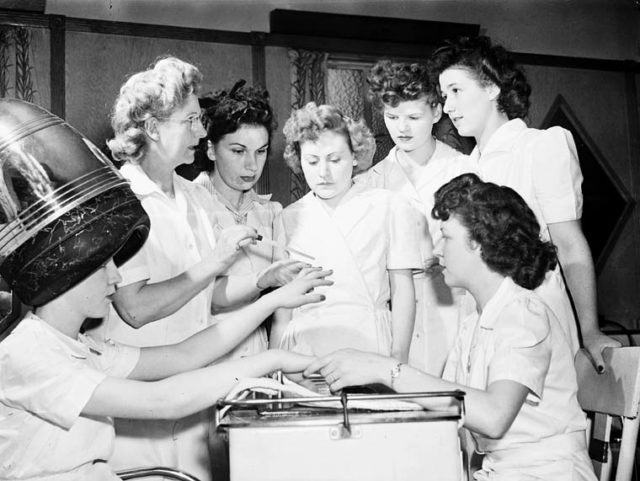
The first commercial nail salons opened in Paris during the 19th century. These salons are similar to the modern nail treatment service. Beauty Salon keepers offered various services to men and women interested in fashion; nails were handled with different creams, oils, and powders which cleaned and polished them to shine. From France, the art of nail treating was transferred to the United States.
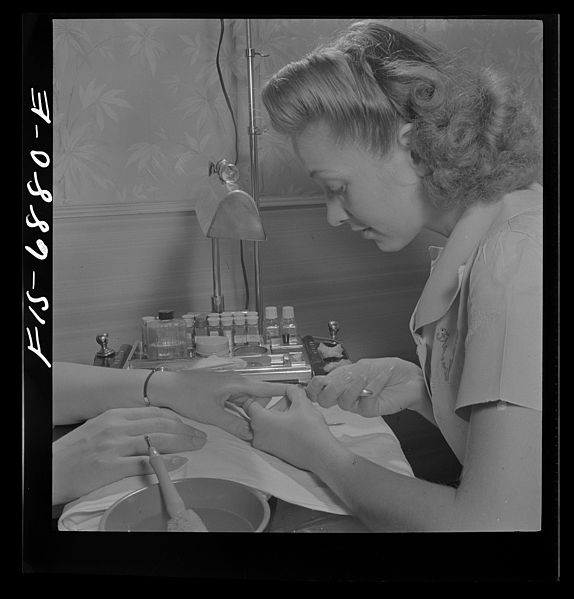
Mary E. Cobb was the first well-known American manicurist that learned the technique from the French and introduced the service to the States. Her first manicure salon opened in Manhattan in 1878 and was known as “Mrs. Pray’s Manicure”.
Cobb slightly changed the traditional French way of doing nails, and her methods embraced a multi-step process of soaking the fingers, carefully trimming the nails, and then shaping and coloring the nails. Her business later contributed the invention of the memory board.
This might come a bit of a shock, but the invention of high-gloss car paint influenced the creation of the modern-day nail polish known and highly appreciated today.
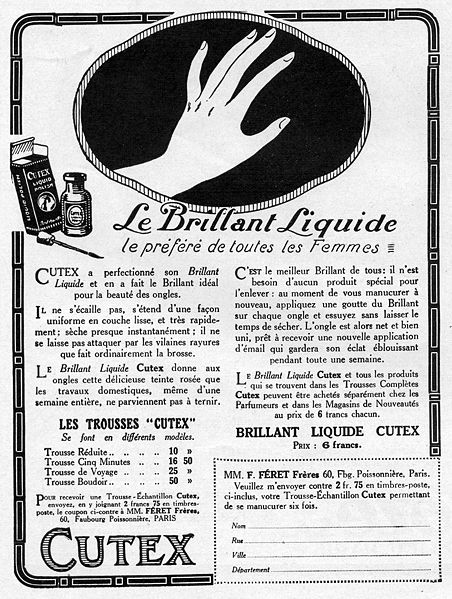
Michelle Manard, a French makeup artist, came up with the ingenious idea of adapting these car paints for use on nails. She made some alterations to the formula and created a glossy nail lacquer very similar to nail polish we use today.
Her idea was soon recognized by a goldmine, The Charles Revson Company. The owners began work on perfecting the formula, and with Manard’s original idea they developed non-streaking opaque nail polish. The company was soon renamed to Revlon and started selling the first modern nail polish.
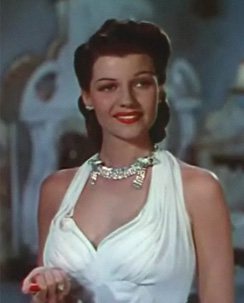
The introduction of Technicolor in 1922, stirred up the trends. Moviegoers were dazzled by the colors, and glamor that Hollywood oozed with at the time. Then, Rita Hayworth appeared with stunning red lips and matching nails and women were enthralled. It seemed like every woman at the time was wearing red nails to look like “Gilda.” Revlon, of course, capitalized on this trend and created an extensive line of nail polishes for any taste.
Red nails were all the rage throughout the 50s. However, with the beginning of the 60s counterculture, the “statement color nails” were replaced with natural, pastel shades. In the 70s, actresses like Mia Farrow, Farrah Fawcett, and Goldie Hawn contributed to actualizing the more natural shades.
In 1976, the American makeup artist, Jeff Pink was working with stars in Hollywood and was challenged to come up with a nail color solution that could match each outfit of the stars. He eventually invented the “French manicure,” the treatment that gives a natural look to the nails.
In the 1980s, with the rise of the soap opera shows like Dynasty and Dallas, statement colors like fuschia and bright red made a big comeback.
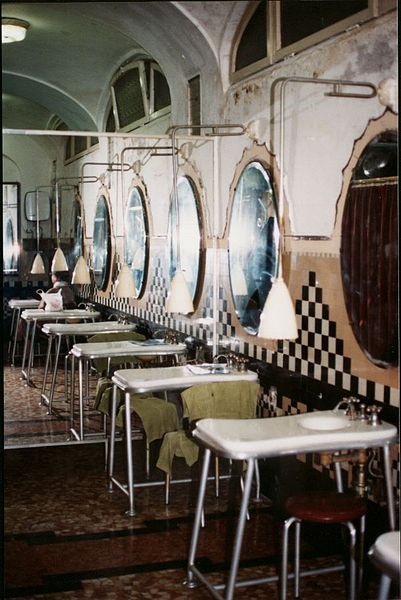
The 1990s were all about Chanel’s Rouge Noir/Vamp. When Uma Thurman appeared in the cult classic Pulp Fiction as Mia Wallace, the vamp nail polish flew off the shelves.
Read another story from us: High Heels in Ancient History: Egyptian butchers wore them to walk above the blood of dead animals
Today’s art of nail making is more vibrant and alive than ever.
